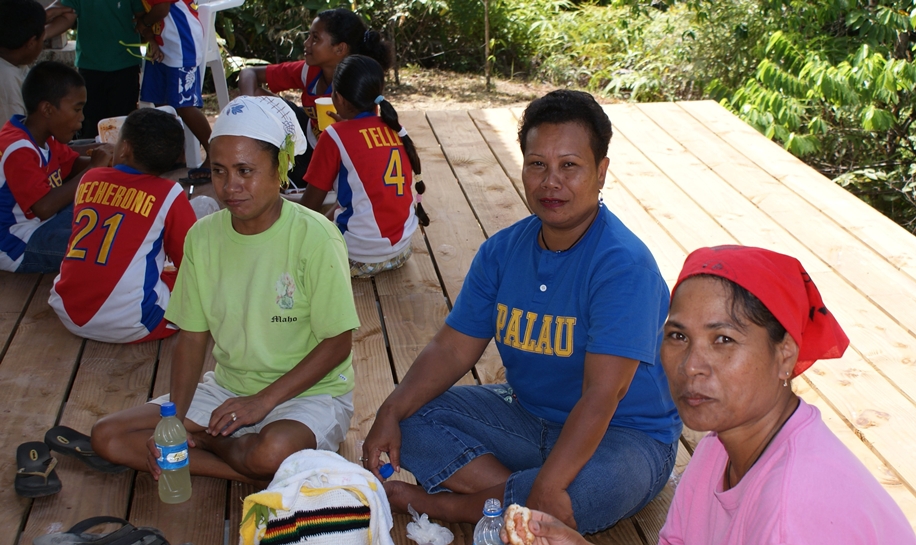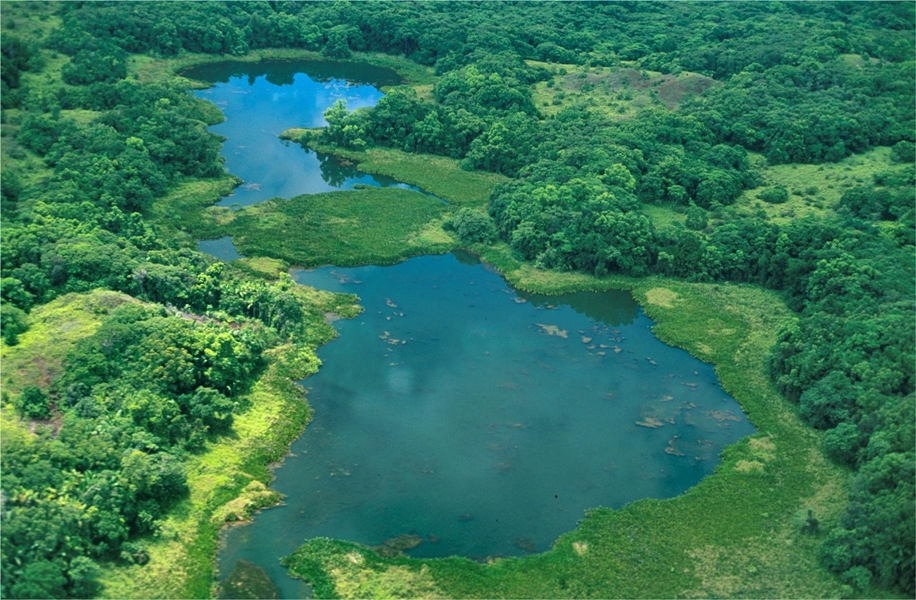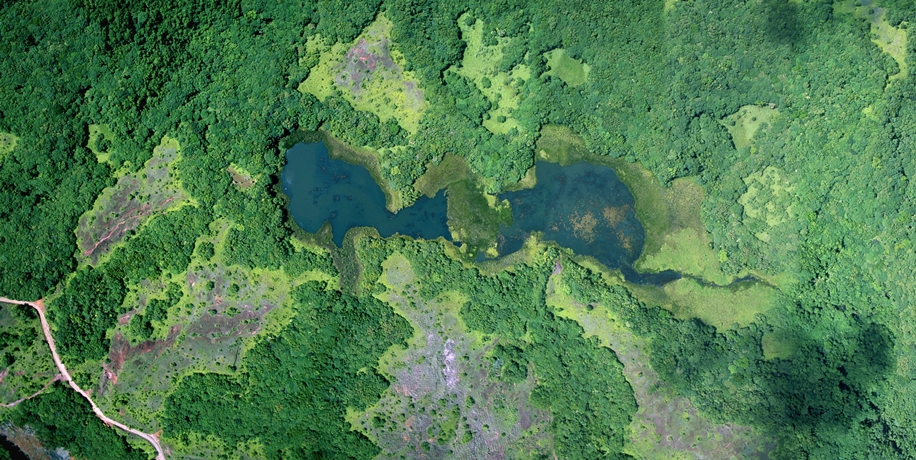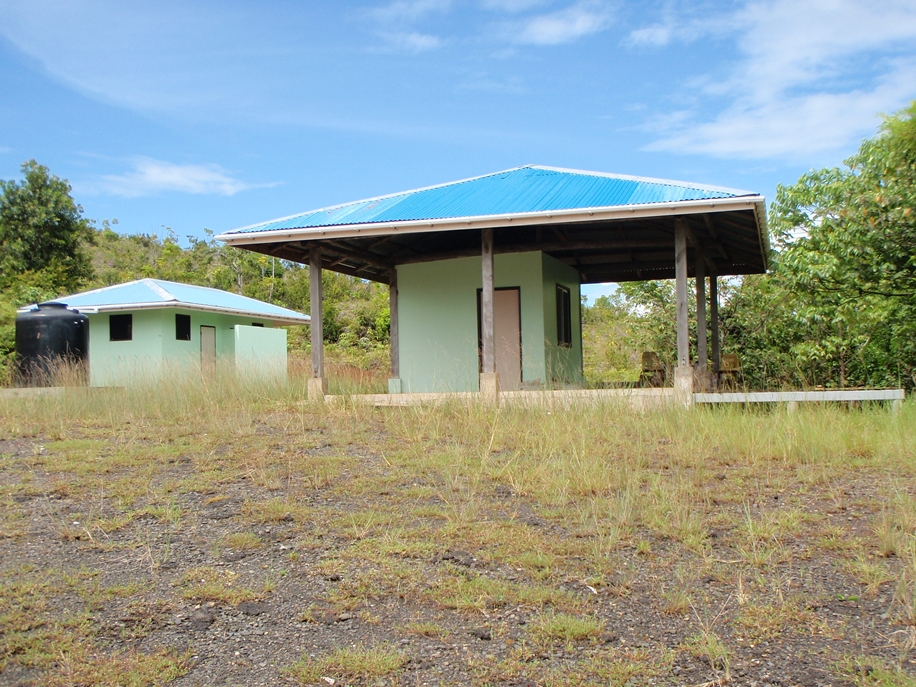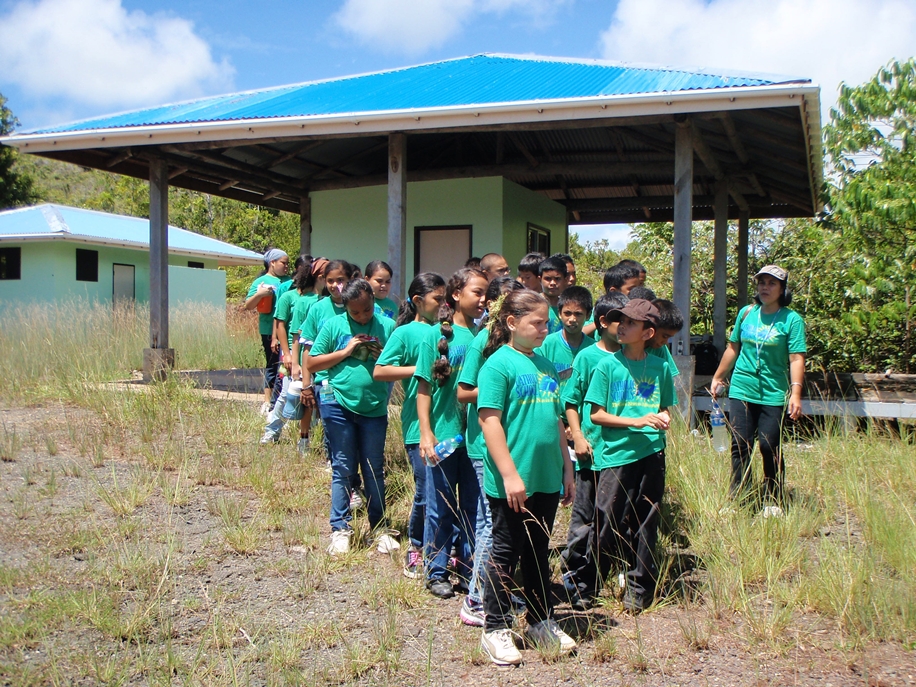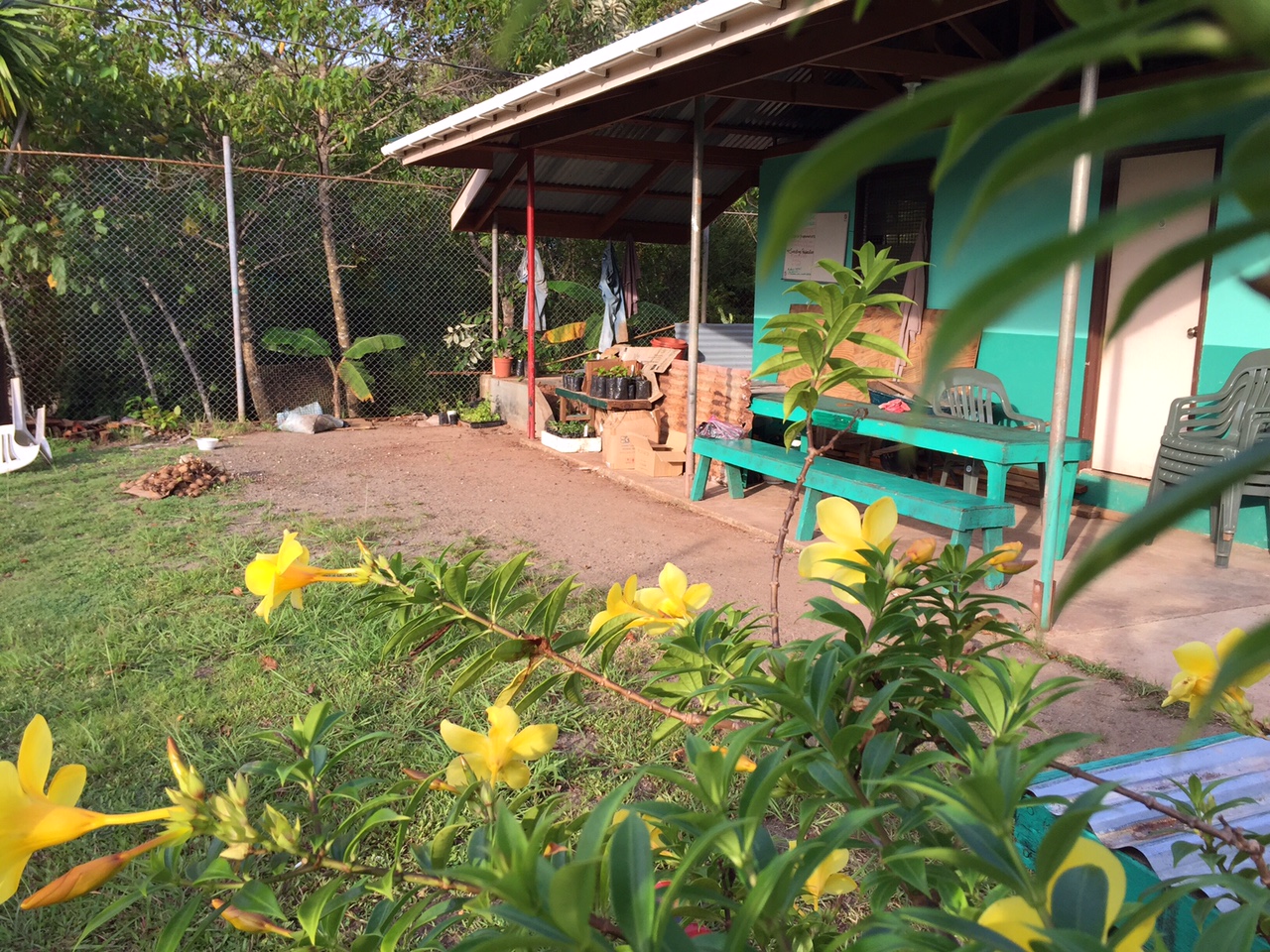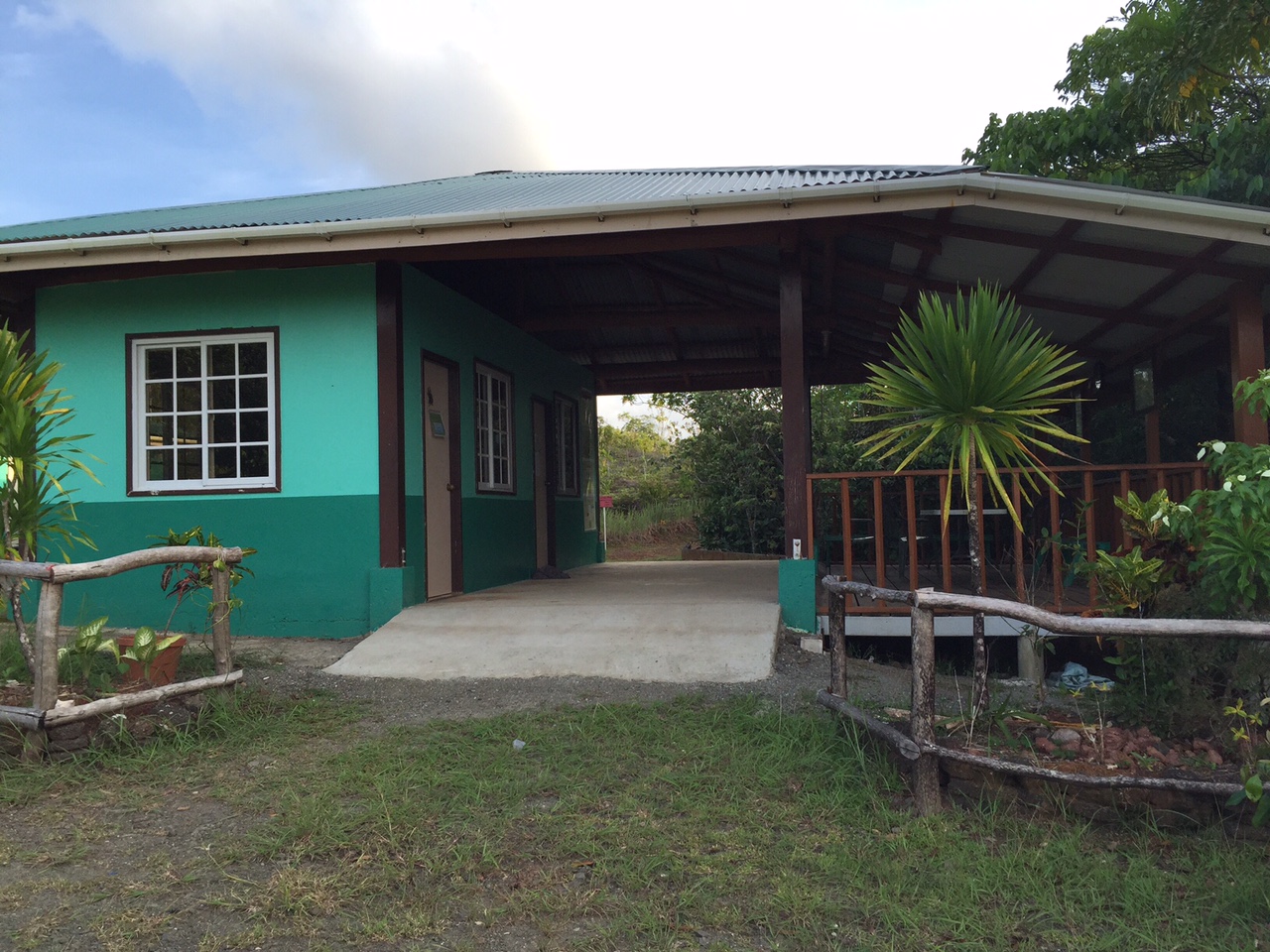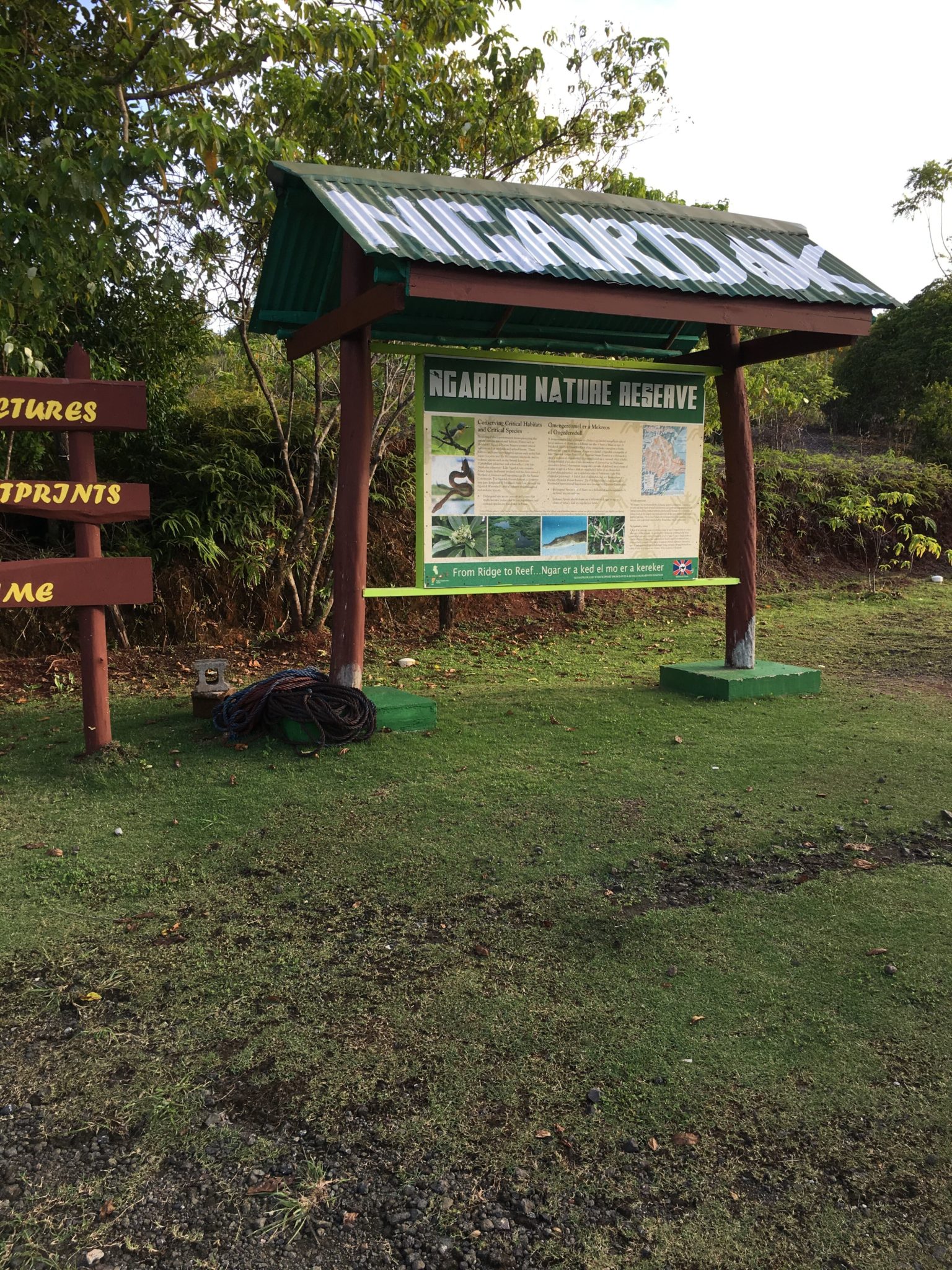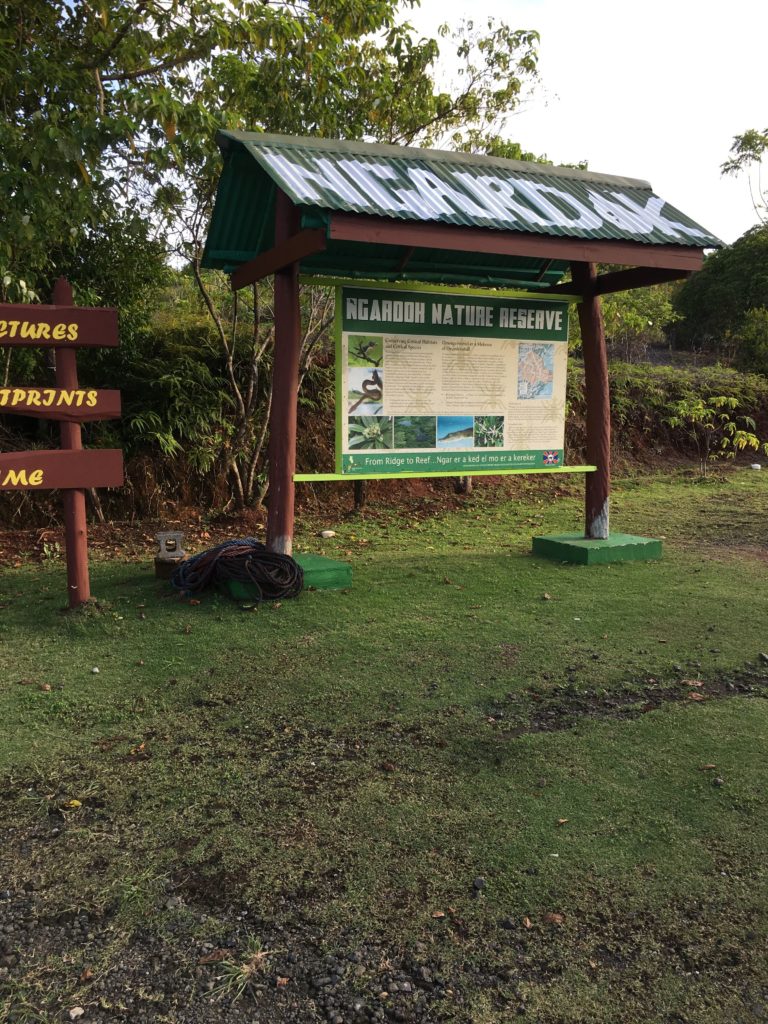The Lake Ngardok Nature Reserve contains the largest freshwater lake in Micronesia, which provides water for local residents. It is an important habitat for the endangered Palau gray duck, Micronesian pigeon, Mariana fruit bat, and saltwater crocodile. The reserve includes the entire upland watershed of the Ngardorech River, one of Babeldaob Island’s five major river systems. The lake has international ecological significance and was named under the Ramsar Convention as a Wetland of International Significance.
Working with the Palau Conservation Society, Seacology is funding construction of a solar-powered, eco-friendly visitor and educational center at the reserve. This grant is made in recognition of the conservation of the Lake Ngardok Nature Reserve in perpetuity.



